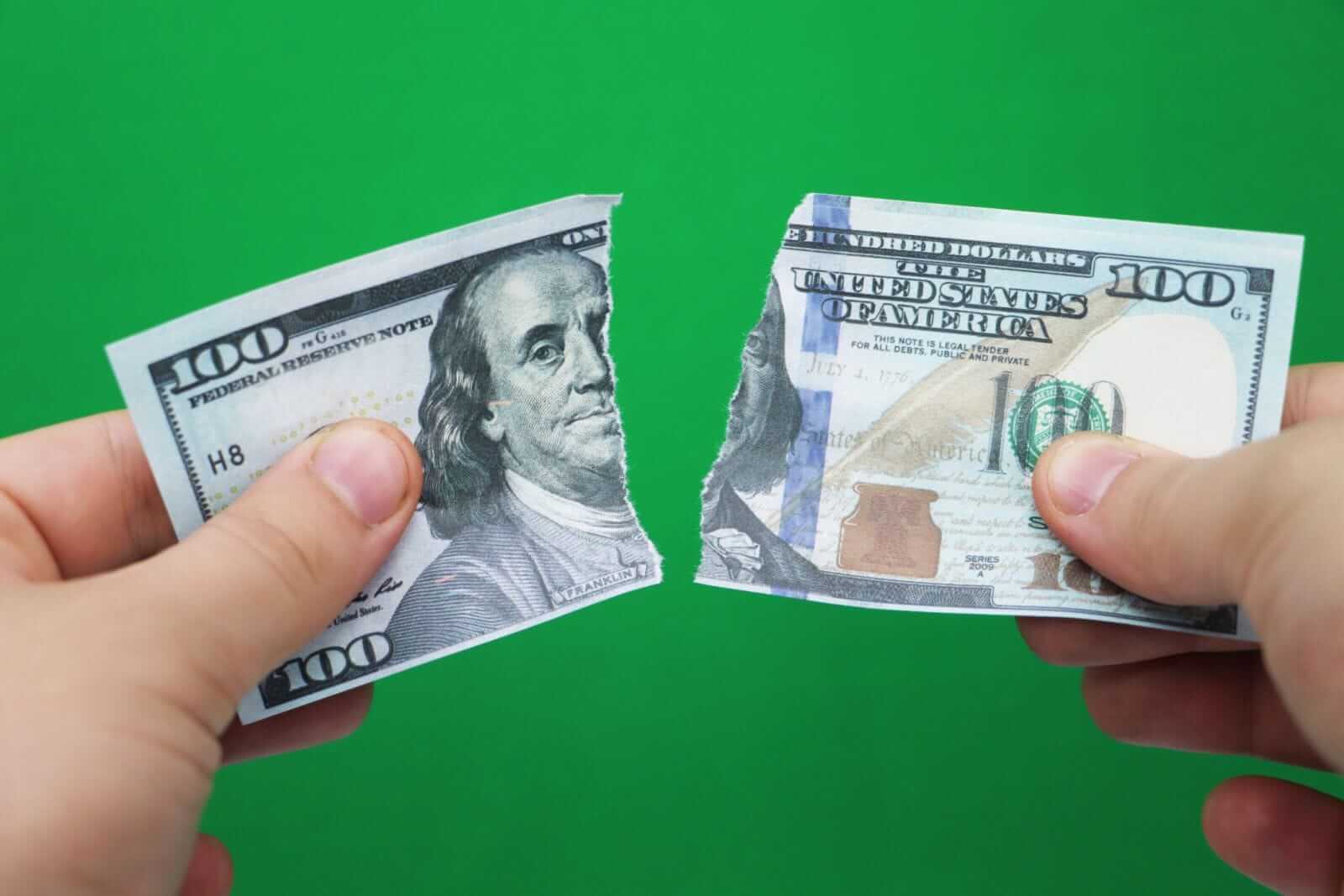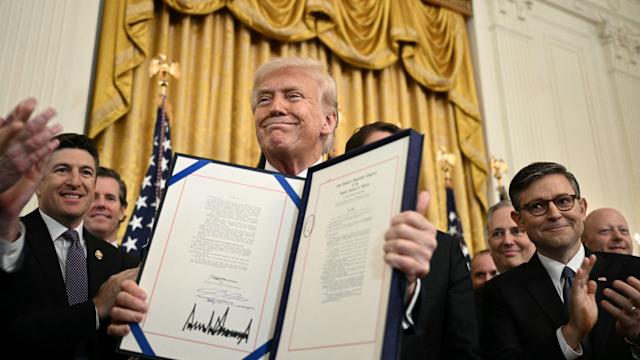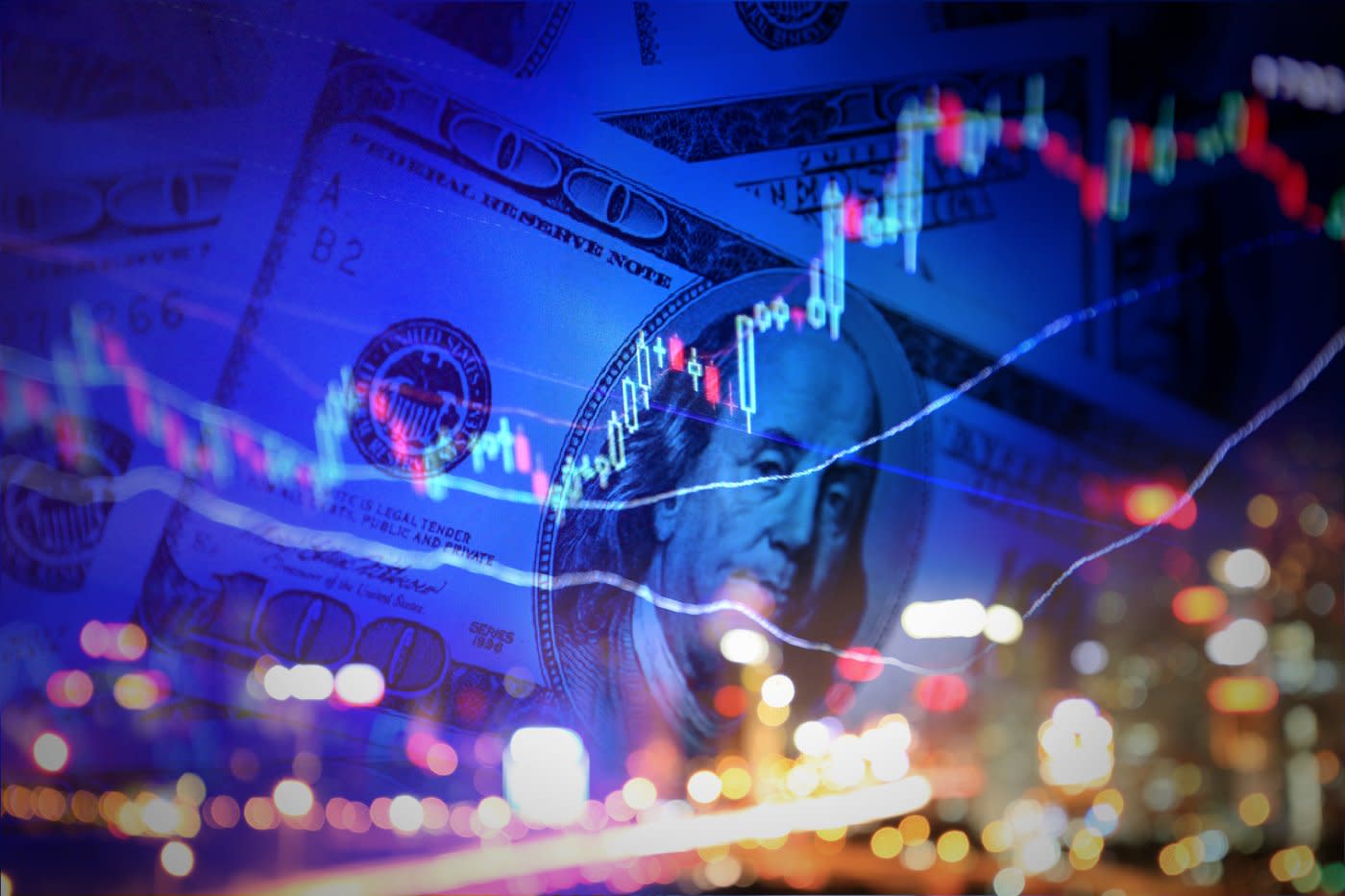
The dollar index (DXY00) Friday fell by -0.24%. The dollar came under pressure today following comments from Fed Governor Christopher Waller on Thursday evening, who stated that he supports a Fed interest rate cut at the July 29-30 FOMC meeting. Also, an easing of inflation expectations in today's University of Michigan July inflation expectations report was dovish for Fed policy and bearish for the dollar.
Losses in the dollar were limited Friday due to the stronger-than-expected US housing starts and building permits reports. Also, the University of Michigan's US July consumer sentiment index rose more than expected to a 5-month high, a bullish factor for the dollar.
More News from Barchart
-
Could the Pentagon’s $550 Million Bet on Rare Earths Signal the Next Market Boom?
-
Is Silver on the Way to a New High?
-
Solid US Economic News Lifts the Dollar
-
Markets move fast. Keep up by reading our FREE midday Barchart Brief newsletter for exclusive charts, analysis, and headlines.
US June housing starts rose +4.6% m/m to 1.321 million, stronger than expectations of 1.300 million. Also, Jun building permits, a proxy for future construction, unexpectedly rose +0.2% m/m to 1.397 million versus expectations of a -0.5% m/m decline to 1.387 million.
The University of Michigan's US July consumer sentiment index rose +1.1 to a 5-month high of 61.8, stronger than expectations of 61.5.
The University of Michigan US July 1-year inflation expectations indicator fell to a 5-month low of +4.4%, better than expectations of no change at +5.0%. Also, the July 5-10 year inflation expectations indicator eased to a 5-month low of +3.6%, weaker than expectations of +3.9%.
Thursday evening, Fed Governor Christopher Waller said, "With inflation near target and the upside risks to inflation limited, we should not wait until the labor market deteriorates before we cut the policy rate. I believe it makes sense to cut the FOMC's policy rate by 25 basis points two weeks from now."
On the trade front, President Trump said late Wednesday that he intends to send a tariff letter to more than 150 countries notifying them their tariff rates could be 10% or 15%, effective August 1, and that the group was "not big countries who don't do that much business with the US."
Federal funds futures prices are discounting the chances for a -25 bp rate cut at 5% at the July 29-30 FOMC meeting and 58% at the following meeting on September 16-17.
EUR/USD (^EURUSD) Friday rose by +0.20%. Dollar weakness on Friday sparked gains in the euro after Fed Governor Waller said he supports a Fed rate cut later this month. Friday's Eurozone economic news was negative for the euro after Eurozone May construction posted its biggest decline in 2.5 years and German June producer prices fell at the steepest pace in 9 months, which are dovish factors for EBC policy.
Story continuesEurozone May construction output fell -1.7% m/m, the biggest decline in nearly 2.5 years.
German June PPI fell -1.3% y/y, right on expectations and the steepest pace of decline in 9 months.
Gains in the euro were also limited Friday after the Financial Times reported that President Trump is pushing for a minimum tariff of 15%-20% in any trade deal with the European Union (EU), as Mr. Trump has been unmoved by the latest EU offer to reduce car tariffs. Also, the Financial Times said that EU trade commissioner Sefcovic gave a downbeat assessment of recent trade talks in Washington on Friday to EU ambassadors.
Swaps are pricing in a 1% chance of a -25 bp rate cut by the ECB at the July 24 policy meeting.
USD/JPY (^USDJPY) Friday rose by +0.11%. The yen on Friday gave up an early advance and turned lower as it remains under pressure ahead of Sunday's upper house election in Japan, where there is concern that Japanese Prime Minister Ishiba's Liberal Democratic Party (LDP) could lose its majority. The promises by Japan's ruling Liberal Democratic Party of cash handouts to voters and promises of lower taxes by the opposition have sparked concerns of fiscal deterioration, which are bearish for the yen.
The yen initially moved higher against the dollar on Friday after Japan's June national CPI ex-fresh food and energy rose at the fastest pace in 17 months, a hawkish factor for BOJ policy. Also, lower T-note yields on Friday were bullish for the yen.
Japan's June national CPI rose +3.3% y/y, right on expectations. June national CPI ex-fresh food and energy rose +3.4% y/y, stronger than expectations of +3.3% y/y and the largest increase in 17 months.
August gold (GCQ25) on Friday closed up +13.00 (+0.39%), and September silver (SIU25) closed up +0.161 (+0.42%). Precious metals settled higher on Friday due to a weaker dollar. Also, lower T-note yields on Friday were bullish for precious metals. Dovish comments from Fed Governor Waller on Thursday evening boosted demand for precious metals as an inflation hedge, as he expressed support for a Fed interest rate cut at the July 29-30 FOMC meeting. Precious metals also received safe-haven support from global trade tensions, following President Trump's announcement on Wednesday that he intends to send a tariff letter to more than 150 countries, notifying them that their tariff rates could be 10% or 15%, effective August 1.
Strength in US economic news on Friday is hawkish for Fed policy and limited gains in precious metals. Housing starts and building permits reports for June were better than expected. Also, the University of Michigan US July consumer sentiment index rose more than expected to a 5-month high.
On the date of publication, Rich Asplund did not have (either directly or indirectly) positions in any of the securities mentioned in this article. All information and data in this article is solely for informational purposes. This article was originally published on Barchart.com














